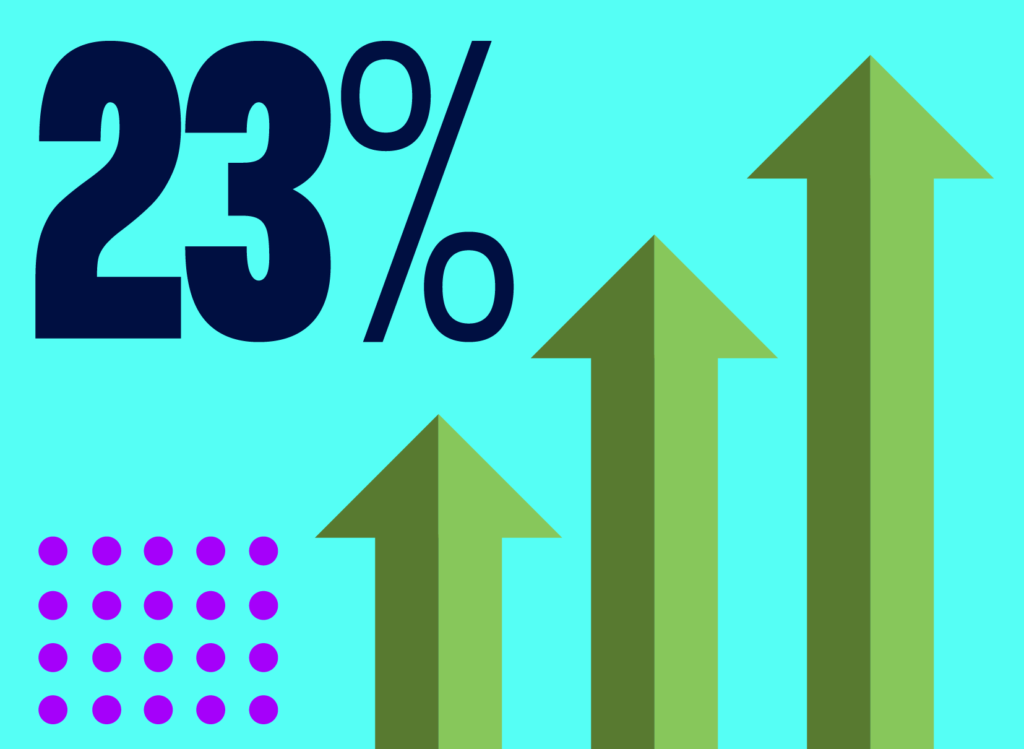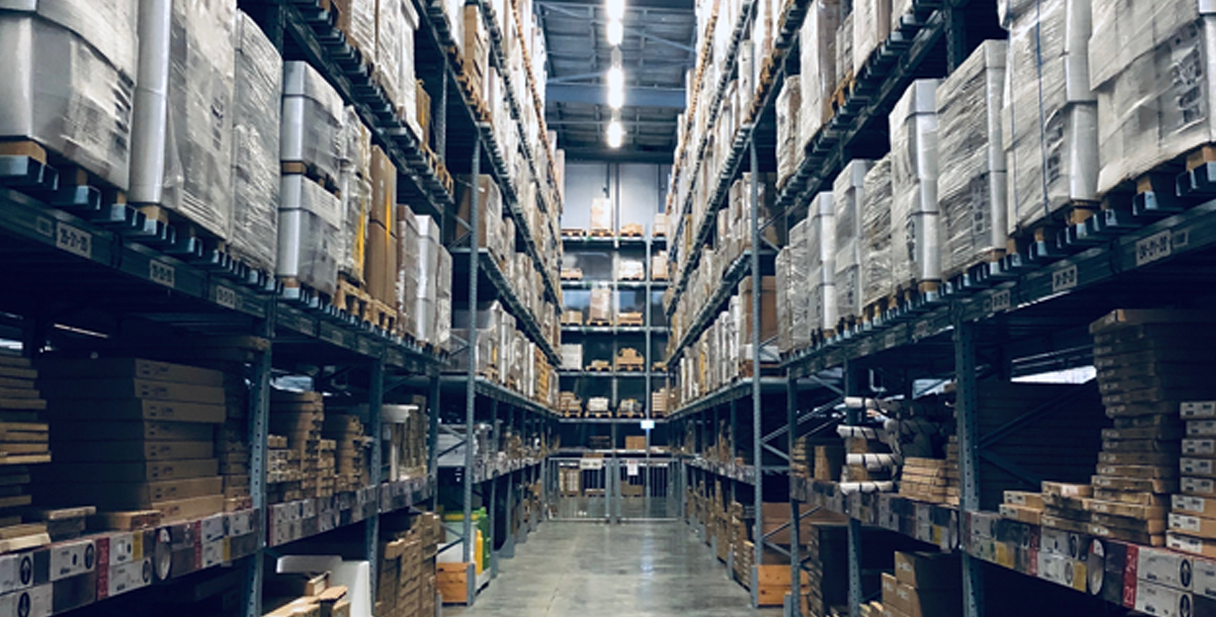2021 Holiday Season Download: 5 Lessons for Ecommerce Sellers
January 10, 2022 Thrasio Staff
For retailers, Q4 requires an all-out sprint to the finish line. But with the world in flux, this year’s race looked a little different. Here’s what we saw in 2021 — and what it might mean for you in 2022.
The holiday season is often the busiest and most crucial time of year for ecommerce. The 28 days between Black Friday and Christmas Eve have an outsized impact on sellers’ annual sales. The results can make or break the health of a business. A profitable season means that in 2022 a seller can reinvest in the business, develop new products, or launch a new creative campaign. But if a brand gets routed by the competition, listings could get pushed down in the search results and lead to continued revenue decline.
Which is why it’s also important at year-end to take a step back and take note of the trends, changes in customer habits, and other shifts. Afterall, the holiday season also is just as rich in learnings as it is in earnings.
Here are Thrasio’s takeaways from the 2021 holiday season.
1. Early birds got the goods.
Overall, ecommerce sellers saw a year-over-year decline in Turkey 5 sales (the sales event running from Thanksgiving to Cyber Monday).
Amazon, Target, and other online retailers rolled out Black Friday deals early – real early. Amazon announced their deals on October 4, likely to spread out holiday sales in anticipation of possible supply chain hurdles and workforce capacity.
According to the National Retail Federation, consumers had completed 28% of their holiday shopping by early November. With the supply chain issues hitting home, shoppers also appeared more willing to buy at higher prices to ensure they would be delivered on time. This year, sellers may want to prepare even earlier for the holiday hustle.

Cloud Massage is one of Thrasio’s leading brands both on Amazon and in the DTC channel.
2. Discounts were down.
Bloomberg reported Black Friday deals were the least generous offerings in recent history with a global average discount of 24% – 2 to 4 percentage points lower than the average in recent years. A likely cause? Sellers simply didn’t have the inventory on hand to offer the eye-popping discounts that enticed customers to buy, buy, buy in prior years.
In the health and fitness category, Thrasio brand managers saw some sellers raising prices 20-30% in early November. Some of those sellers continued to increase prices an additional 5-12% after Turkey 5 as Christmas got closer.
In one instance, a seller in Amazon’s toy category briefly stocked out on November 30 and reentered the market 10 days later with a 128% price increase.
3. Direct-to-consumer (DTC) sales gobbled up a fair share of the pie.
For sellers who operate off Amazon, the good news is that Shopify sales during Turkey 5 increased 23% over 2020.
Thrasio brands’ sales in its DTC channels nearly doubled during Turkey 5 year-over-year. Managing multiple channels for a brand is definitely a balancing act. Brands that sell both on Amazon and Shopify require more sophisticated supply chain strategy, demand planning, and inventory allocation to make sure products reach every customer.
The increased revenue potential can make DTC channels worthwhile for Amazon sellers thinking about diversifying their sales. Unlike Amazon, Shopify can give sellers a customer retention advantage. Sellers have access to their customer data and can turn one-time buyers into repeat customers with retargeting strategies like email marketing and social media campaigns.

4. Amazon sellers who added Prime Exclusive Discounts to their arsenal of sales tactics earned bonus badges.

Amazon Deals are a critical aspect of the strategy for ThisWorx. Learn more here.
For products discounted 20% or more, sellers can use Prime Exclusive Discounts to drive sales on products that are not Amazon Deal eligible. This year, Amazon sweetened the pot by adding “Black Friday Deal” and “Cyber Monday Deal” badges to highlight Prime Exclusive Discounts to shoppers.
Prime Exclusive Discounts are far more flexible than 12-hour Lightning Deals. Sellers can suppress the discount, turn coupons off and on, or cancel it altogether. This allows sellers to experiment in real time with much less risk than they might, say, run out of stock and have their Lightning Deal canceled. It’s a great addition to a seller’s bag of tricks in the new year.
5. During Turkey 5, deals that Amazon would have automatically canceled in the past kept going. And going.
FBA sellers know that when an Amazon Deal reaches 100% of its committed units, Amazon automatically cancels it. But not this year. In many cases, Amazon continued to allow deals to run – if there was any fulfillment center activity in progress – including units actively being transferred between centers or deliveries still being processed. In some cases, Deals continued to run even after a stock out.
“This was an awesome development for both sellers and customers,” says Chris Bereznak, a Thrasio brand manager who has worked on leading brands like ThisWorx and Cloud Massage.
If Amazon keeps the changes in place for future big sales events like Prime Day, that could be a win for sellers, who have been hammered by global events beyond their control, making inventory management incredibly difficult. It’s also a win for customers, who of course still want access to products at a great price, no matter what’s happening with supply logistics behind the scenes.
And as a gift to sellers, effective January 1, 2022, the IPI (Inventory Performance Index) limit threshold for unlimited storage was lowered to 400 (previously 450), giving inventory-constrained sellers another inch of breathing room in the future.
What does all this mean for ecommerce sellers in 2022?
It doesn’t look like there’s going to be a return to normal anytime soon. The winners will be those brands that can stay nimble and flexible and respond to changes in the moment. That requires a level of active and detailed management across all aspects of the business.
This year, big box stores like Walmart and Target are gaining on ecommerce sellers in part by offering buy-now, pay-later options like Affirm and Klarna and curbside pickup. And, some customers prefer that option because they get the benefit of seeing and feeling what they’re buying. The big takeaway? As commerce sellers look to the future, they need to be in an athletic stance of sorts – positioned to move quickly in any direction while keeping an eye on the entire retail field. After all, everybody’s competing for the same customers.


